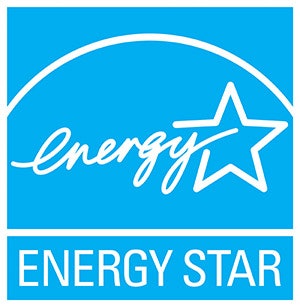
Going into the research process for this November’s pump story on the impact of the recent Energy Star certifications, I didn’t know all that much about the program. As is often the case, I ran the subject by a few of my industry confidants. One of those people, my dear friend and regular AQUA contributor, Mark Holden, offered interesting and useful insight. He pointed out that a great many people in our society hold an extremely cynical view of all things “green” or “environmental.” Fact is, for any number of possible different reasons, many people have heard quite enough talk about environmental sustainability and would just as soon ignore the topic both in their personal lives and with clients.
That sentiment is made even stronger by companies that slap a “green” label on products strictly for promotional purposes, regardless of the product’s benefit or detriment to natural resource consumption. Even among those who are enthusiastic proponents of environmental causes, myself included, it’s easy to become jaded by claims of eco-friendly products knowing that at least some of those promotions are simply not backed up by any empirical data or objective analysis.
Before getting to my main point, I will say that having delved into what Energy Star is all about, I personally believe it’s an example of a pro-environmental program that is legitimately based on objective testing and data verification. The program has a pretty good record when it comes to setting benchmarks and identifying products that do save energy — not to mention money!
And therein resides the proverbial rub and the germ of my argument. Whether or not you’re open to being green, in many situations there’s another kind of viridescent hue in play — the color of the almighty dollar. Setting aside politics, trends, social morays, propaganda and hyperbolic rhetoric for or against global warming, using less energy saves money, and in some situations, lots of it!
This is why, regardless of your ideological orientation on the matter, it makes business sense to embrace the Energy Star program — because if there’s one thing that just about anyone can relate to, it’s saving money. If that happens to reduce greenhouse gas emissions along the way, where’s the harm?
If you’re among those who are cynical or wary about the Energy Star program, I invite you to read the article in this issue and then do your own research. In the case of pool pump technology, the standards used for setting up independent testing happen to be closely aligned with criterion used by other agencies and organizations and, among other things, are the working basis for utility company rebate programs, which are currently proliferating throughout the country.
Through my many years as an industry observer, editor and writer, I’ve personally been exposed to more than my share of pseudoscience in service of product promotion. I won’t go into specifics; suffice to say this faithful reporter has rubbed elbows with a disturbing number of charlatans. As best I can tell, based on my experience and reasonably diligent study, Energy Star does not fall into that category.
In fact, given that it’s a strictly voluntary, decidedly non-regulatory program, I’d say it’s one of the more interesting government-sponsored initiatives we have going these days. Nothing in it requires anyone to do or buy anything they don’t want to; there’s no draconian edict or punitive element involved on any level. Depending on how you look at it, one could argue it’s not even really prescriptive in nature. Instead, Energy Star is all about encouraging manufacturers, consumers as well as homebuilders, architects, engineers and business leaders, to favor those products and methods that reduce the pollutants we pump into the atmosphere.
Perhaps that’s all part of why the number of energy star products sold now number in the billions.
So whether you believe cars should be powered by bike pedals or V-8s, or something between, saving energy makes good business sense. Because, after all, the color green comes in many shades.
Comments or thoughts on this article? Please e-mail [email protected].







































